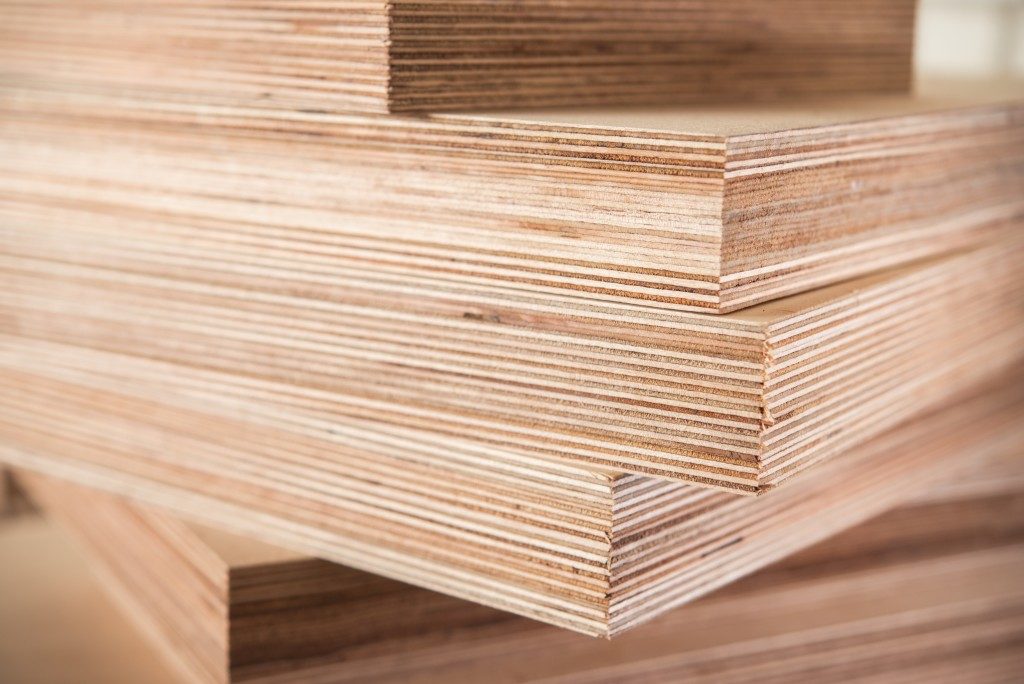Plywood is one of your most handy building material options. This wooden panel is made from different tree species, which is stacked and glued together to form thin wood veneer layers. The popularity of plywood lies in its versatility, smooth surface that readily accommodates different surface finishing techniques, and its ability to hold nail and screws well. It can also be cut into virtually any shape and is shrink, warp, and crack-resistant.
Though mostly used for garden furniture and outdoor construction in the past, plywood for interior furniture and constructions is now very common. Plywood can be used for furniture, doors, room fittings, and other elements of your property’s interior design. However, not all types of plywood will suffice for interior use.
The following are your best options when using plywood for interior furniture and fittings.
Particleboard
Chipboard or particleboard is an engineered product, which is made of sawmill shavings, wood chips, or sawdust, and a suitable binder. The resulting mixture is then pressed and extruded to produce pre-laminated and plain particleboards. Particleboard is smooth, very flat, and slick. Due to these properties, it is usually used for floor underlayment.
Unfortunately, particleboard absorbs moisture and swells. This poses a significant problem when water spills on the hardwood, carpeted or linoleum floor for which particleboard is used as an underlayment. Moisture barriers are used in these cases to avert moisture damage to the particleboard.
Medium-Density Fibreboard
 This wood product comprises softwood or hardwood residuals that are broken down into wood fibres. The resultant product will then be mixed with a resin binder and wax, and then panels formed through the application of pressure to the end product. MDF panels are smooth and consistent throughout.
This wood product comprises softwood or hardwood residuals that are broken down into wood fibres. The resultant product will then be mixed with a resin binder and wax, and then panels formed through the application of pressure to the end product. MDF panels are smooth and consistent throughout.
The cut edges are smooth and have no splinters or voids and are commonly used for making decorative edges. The panels are also susceptible to water damage and a moisture barrier is often used in constructions with MDF panels to prevent this.
Marine Plywood
This comprises large wooden sheets that are glued with their grain arranged in wide angles or right angles. The primary benefit of marine plywood is its moisture resistance, making it ideal for use in wet areas of your house such as kitchens and bathrooms. This feature is attributed to the particular glue layer used on its outer surface and the plywood’s lack of voids through which water can seep through. Marine plywood is also pliable and has exceptional impact resistance.
Block Boards
These are made through stocking cubical wood between two thin ply sheets. Due to its sheer strength, a block board is generally used in areas that need high resistance to warping and bending. These include bookshelves, benches, tables, solid core doors, beds, and wall panels. Like most types of plywood, block board can be damaged by moisture.
The above information will hopefully increase your chances of making the right plywood choice for your interiors. Most people think that working with plywood is easy and handle their constructions without professional input. The best option for a long-lasting plywood construction is, however, a professionally done one. Though costly, this will not compromise the plywood’s quality and durability.

